History is filled with remarkable individuals whose contributions have gone largely unrecognized. In this article, we shine a light on some of the most underrated historical figures and explore their significant yet often overlooked achievements. From pioneering scientists to unsung heroes of social movements, these individuals have left an indelible mark on the world, and it’s time their stories are told.
Ignaz Semmelweis (1818-1865)
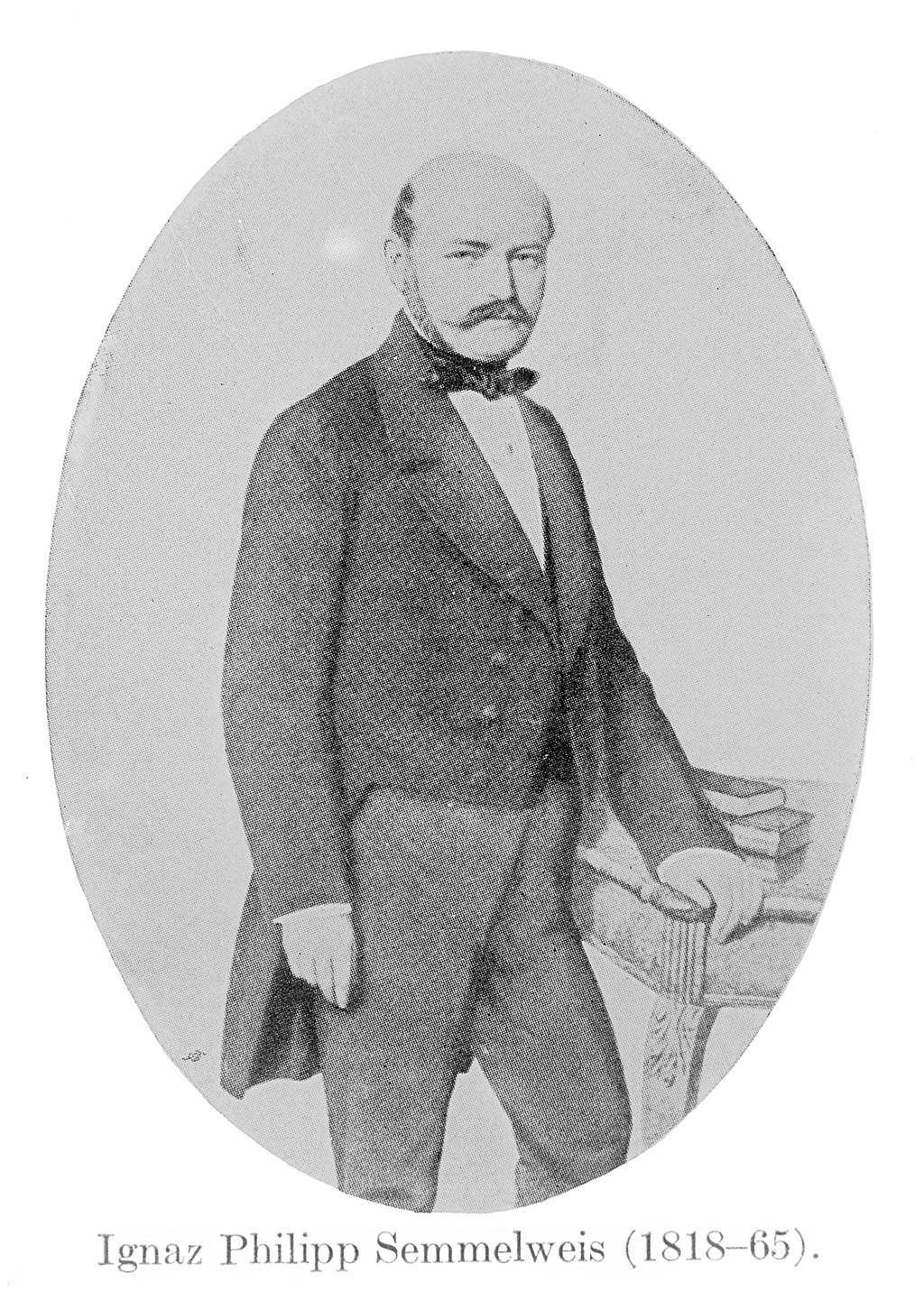
Ignaz Semmelweis, a Hungarian physician, introduced handwashing practices in obstetric clinics in 1847. His insistence on using chlorinated lime solutions significantly reduced the incidence of puerperal fever, a major cause of maternal mortality. Despite facing ridicule from his contemporaries, Semmelweis’s practices laid the groundwork for modern antiseptic procedures, benefiting countless patients and saving lives worldwide.
Alice Ball (1892-1916)
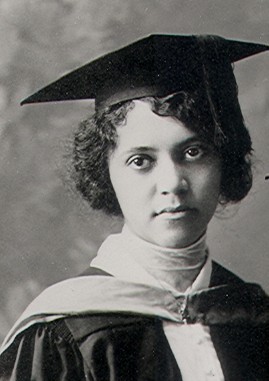
Alice Ball, an African American chemist, developed the first successful treatment for leprosy in the early 20th century. Her “Ball Method,” which involved isolating the active ingredients from chaulmoogra oil, provided a more effective and injectable solution. Though her life was tragically cut short, her innovation transformed leprosy treatment, paving the way for modern therapies and improving the quality of life for many patients.
Nikola Tesla (1856-1943)
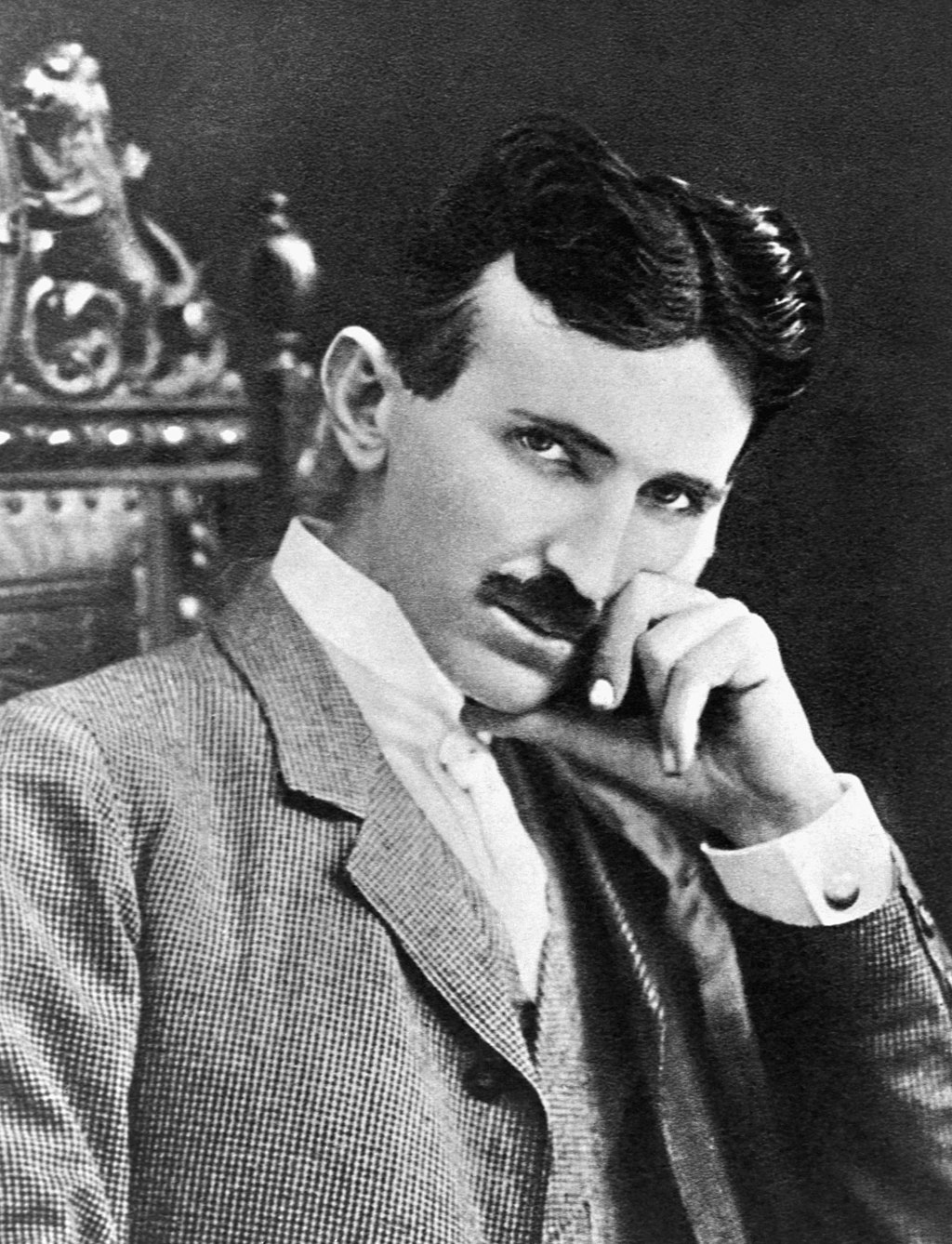
Nikola Tesla, a Serbian-American inventor, made groundbreaking contributions to the development of alternating current (AC) electrical systems in the late 19th and early 20th centuries. His work on AC power transmission and the invention of the Tesla coil revolutionized the distribution of electricity. Despite being overshadowed by contemporaries like Thomas Edison, Tesla’s innovations are the backbone of modern electrical infrastructure, powering homes and industries globally.
Rosalind Franklin (1920-1958)
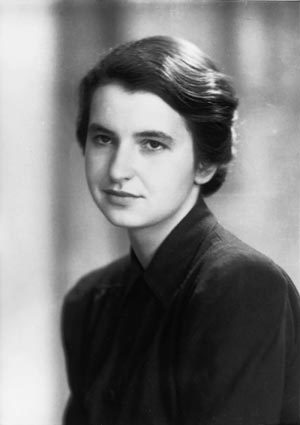
Rosalind Franklin, a British chemist, played a crucial role in the discovery of the DNA double helix structure in the 1950s. Her X-ray diffraction images provided critical evidence that helped Watson and Crick build their DNA model. Although her contributions were not fully recognized during her lifetime, Franklin’s work has had a lasting impact on genetics, biotechnology, and medical research, driving advances in understanding heredity and disease.
George Washington Carver (1864-1943)
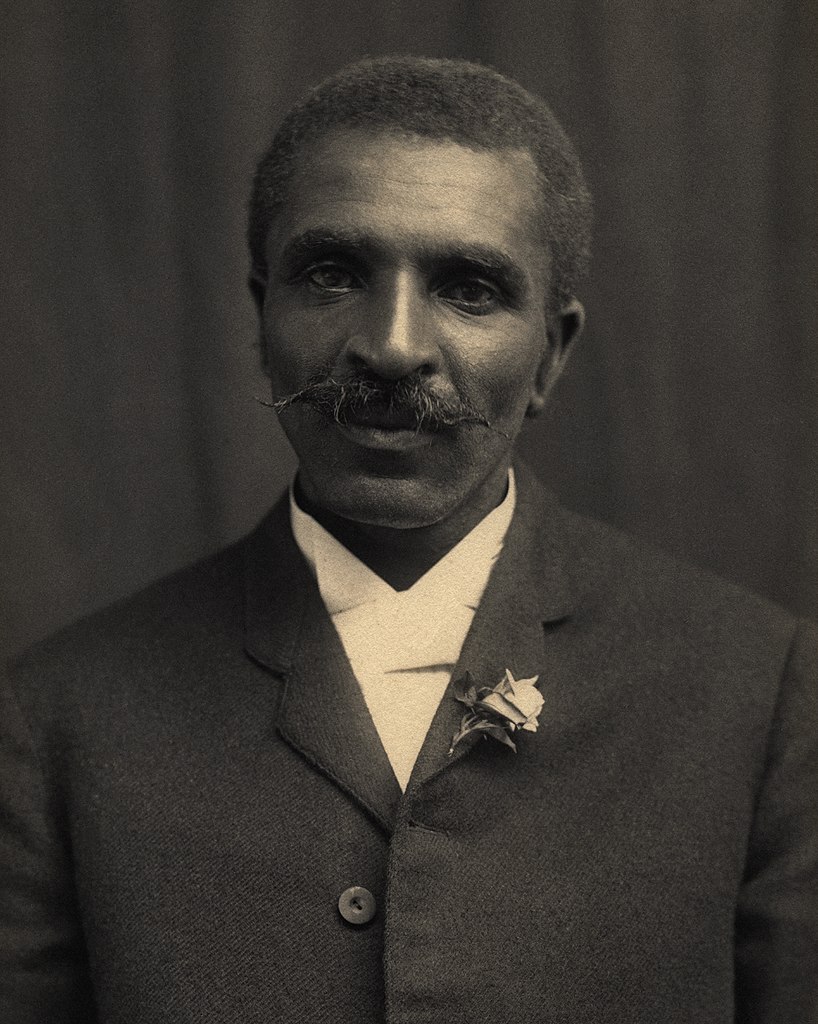
George Washington Carver, an African American agricultural scientist, developed numerous techniques to improve soil health and crop yields in the early 20th century. His promotion of crop rotation and the introduction of nitrogen-fixing plants like peanuts rejuvenated depleted soils in the Southern United States. Carver’s contributions significantly advanced sustainable agriculture, benefiting farmers and food security.
Henrietta Lacks (1920-1951)
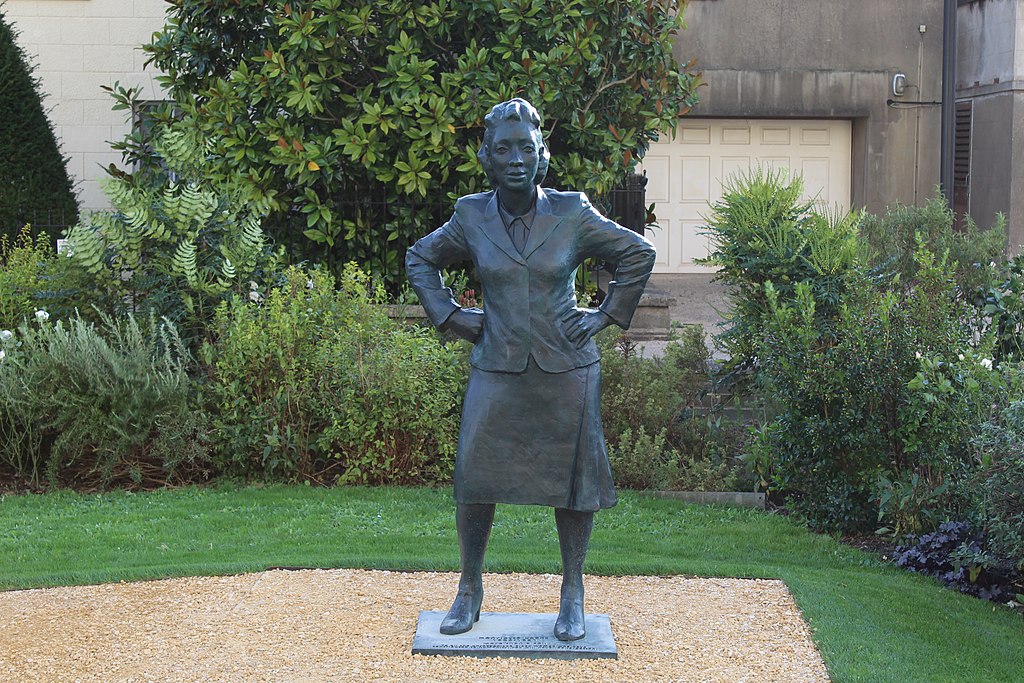
Henrietta Lacks, an African American woman, unknowingly contributed to medical science through her immortal HeLa cells, taken in 1951. These cells, which could reproduce indefinitely, became a cornerstone of medical research, leading to breakthroughs in cancer treatment, vaccines, and gene mapping. Despite ethical controversies surrounding the use of her cells without consent, Lacks’s contribution has had a profound and lasting impact on biomedical research.
Ada Lovelace (1815-1852)
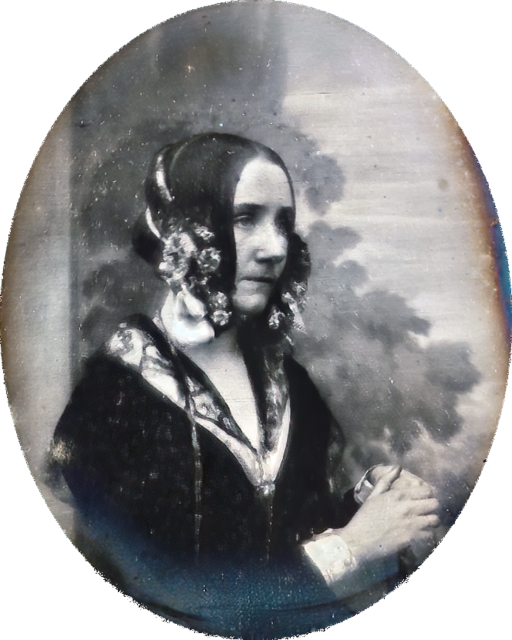
Ada Lovelace, an English mathematician, is often considered the world’s first computer programmer. In the mid-19th century, she wrote the first algorithm intended for Charles Babbage’s early mechanical general-purpose computer, the Analytical Engine. Lovelace’s foresight into the machine’s potential beyond mere calculation laid the groundwork for modern computer science, influencing the development of programming and computational theory.
Mary Anning (1799-1847)
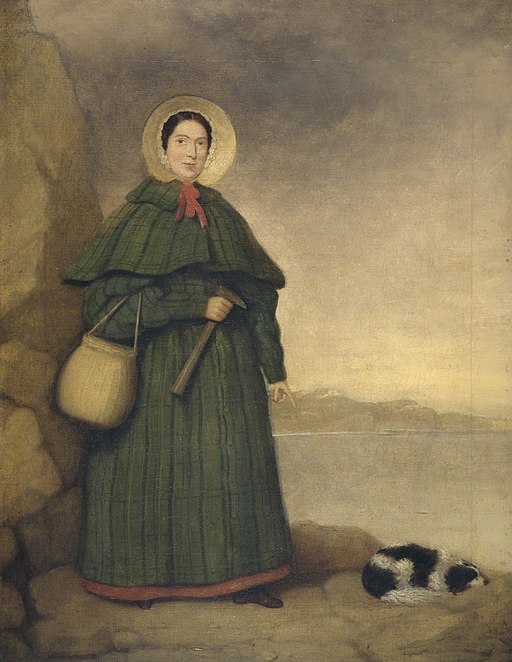
Mary Anning, a British fossil collector and self-taught paleontologist, made significant contributions to the understanding of prehistoric life in the early 19th century. Her discoveries, including the first complete Ichthyosaurus and Plesiosaurus skeletons, provided crucial evidence for the emerging field of paleontology. Anning’s meticulous work helped shape scientific views on the history of life on Earth, despite her lack of formal recognition during her lifetime.
John Harrison (1693-1776)
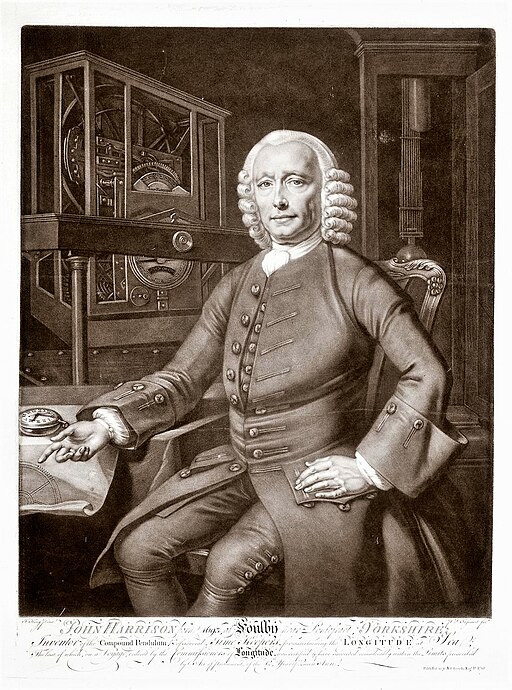
John Harrison, an English carpenter and clockmaker, solved the problem of determining longitude at sea in the 18th century. His invention of the marine chronometer, a highly accurate timekeeping device, enabled sailors to calculate their position with precision, significantly reducing maritime navigation errors. Harrison’s innovation revolutionized sea travel, improving safety and efficiency, and had a lasting impact on global exploration and trade.
Sybil Ludington (1761-1839)

Sybil Ludington, an American Revolutionary War heroine, made a daring nighttime ride in 1777 to alert colonial militia forces to the approach of British troops. At just 16 years old, she rode twice as far as Paul Revere, covering 40 miles in torrential rain. Ludington’s bravery and swift actions helped mobilize forces that successfully repelled the British at the Battle of Ridgefield, demonstrating the crucial role of women in the fight for independence.
Joseph Bazalgette (1819-1891)
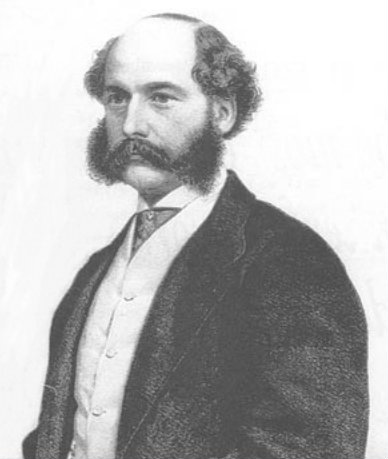
Joseph Bazalgette, a British civil engineer, designed and implemented London’s modern sewer system in the mid-19th century. His work, prompted by the Great Stink of 1858, dramatically reduced the incidence of waterborne diseases like cholera in the city. Bazalgette’s innovative engineering not only improved public health in London but also set a standard for urban sanitation systems worldwide, contributing to the development of modern infrastructure.
Nellie Bly (1864-1922)
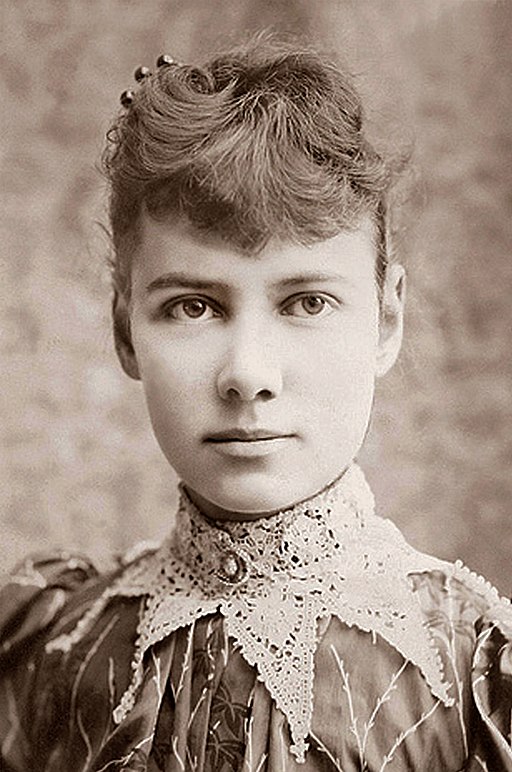
Nellie Bly, an American journalist, pioneered investigative journalism in the late 19th century. Her undercover work in exposing the mistreatment of patients at a New York City mental institution, detailed in her book “Ten Days in a Mad-House” (1887), led to significant reforms in mental health care. Bly’s fearless reporting highlighted the importance of journalistic integrity and advocacy, influencing the field of journalism and social justice.
Dr. Charles Drew (1904-1950)
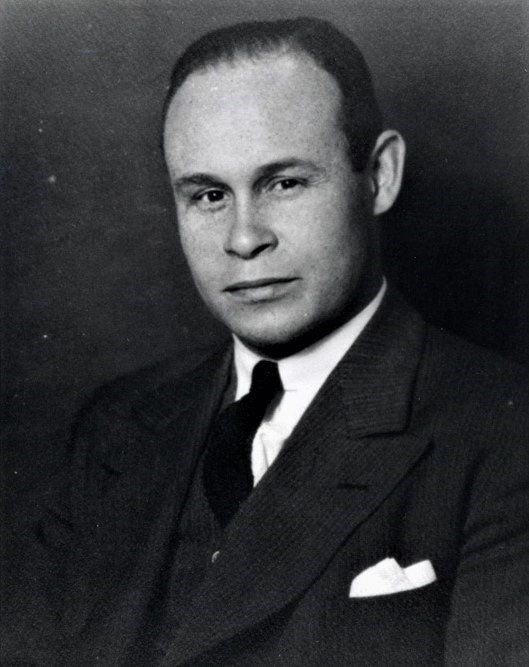
Dr. Charles Drew, an African American physician and surgeon, revolutionized the field of blood transfusion in the early 20th century. He developed improved techniques for blood storage and plasma preservation, leading to the establishment of blood banks during World War II. Drew’s innovations saved countless lives on the battlefield and beyond, and his work laid the foundation for modern blood donation and transfusion practices.
Lise Meitner (1878-1968)
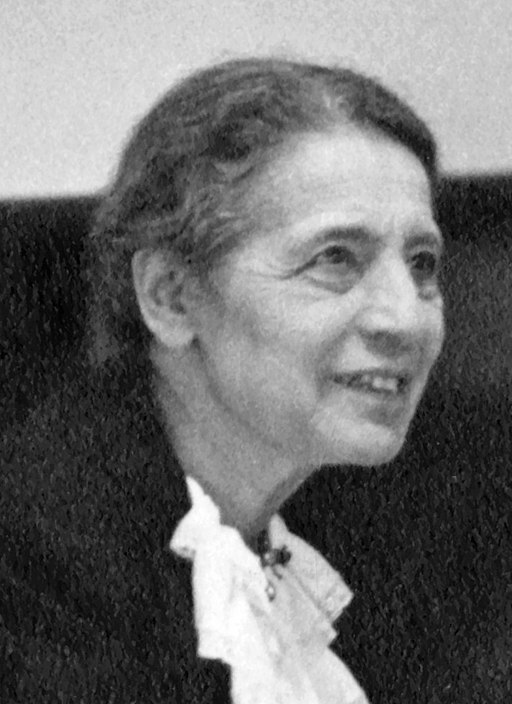
Lise Meitner, an Austrian-Swedish physicist, played a key role in the discovery of nuclear fission in the late 1930s. Despite being excluded from the Nobel Prize awarded to her colleague Otto Hahn, Meitner’s theoretical explanation of the fission process was crucial to understanding and harnessing atomic energy. Her contributions have had profound implications for both energy production and the development of nuclear technology.
Matthew Henson (1866-1955)
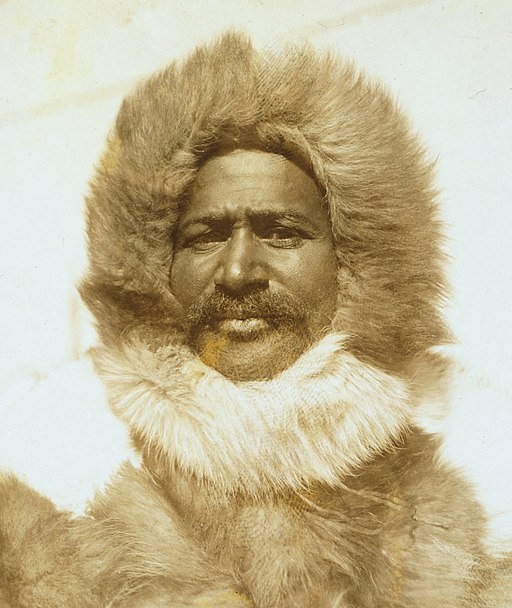
Matthew Henson, an African American explorer, was one of the first people to reach the North Pole in 1909, alongside Robert Peary. Despite facing racial discrimination, Henson’s expertise in navigation and survival skills were instrumental to the success of the expedition. His achievements expanded the boundaries of exploration and provided valuable insights into Arctic environments, inspiring future generations of explorers.
Sophie Germain (1776-1831)
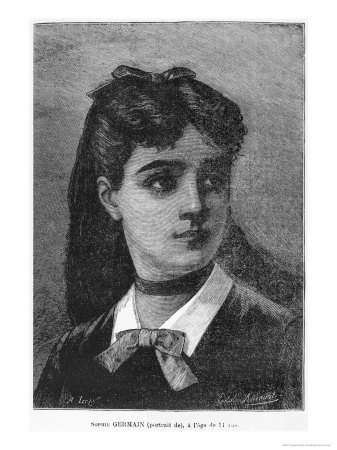
Sophie Germain, a French mathematician, made significant contributions to number theory and elasticity theory in the early 19th century. Despite facing gender-based barriers to education and recognition, Germain’s work on Fermat’s Last Theorem laid the groundwork for future mathematical advancements. Her persistence and intellectual prowess opened doors for women in mathematics and sciences, challenging societal norms and inspiring future scholars.
Margaret Hamilton (1936-Present)
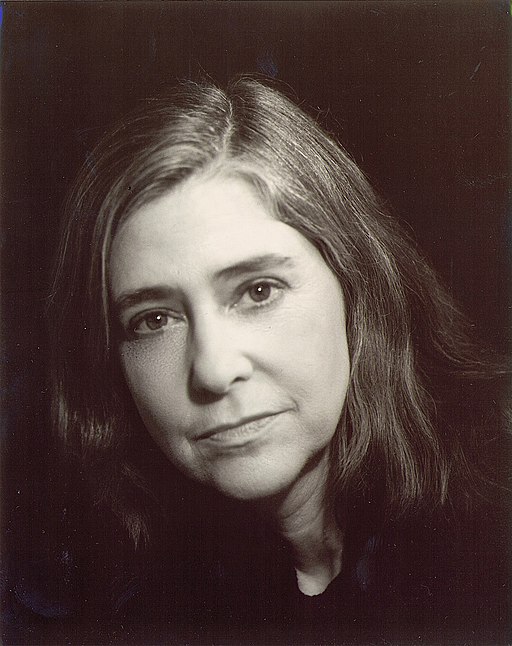
Margaret Hamilton, an American computer scientist, led the team that developed the onboard flight software for NASA’s Apollo missions in the 1960s. Her work ensured the success of the Apollo 11 moon landing in 1969, with her software preventing an abort during critical moments of the mission. Hamilton’s contributions to software engineering and her pioneering role in the field have had a lasting impact on space exploration and the development of reliable software systems.
These historical figures have made lasting contributions that have shaped our world. Their stories show the power of innovation, determination, and courage, often against great odds. By recognizing their achievements, we honor their legacies and inspire future generations to push boundaries. History becomes richer and more inclusive when we acknowledge the contributions of everyone who has helped advance humanity.
This article originally appeared on UnifyCosmos.
More from UnifyCosmos
23 Common Foods You Can`t Grow at Home

While gardening can be a delightful hobby and a sustainable way to source fresh produce, there are surprising legal restrictions on what you can grow in your own backyard. This article explores a variety of common foods that, surprisingly, are illegal to cultivate at home in some parts of the world. Read More
20 CEOs Who Climbed the Ladder from the Shop Floor
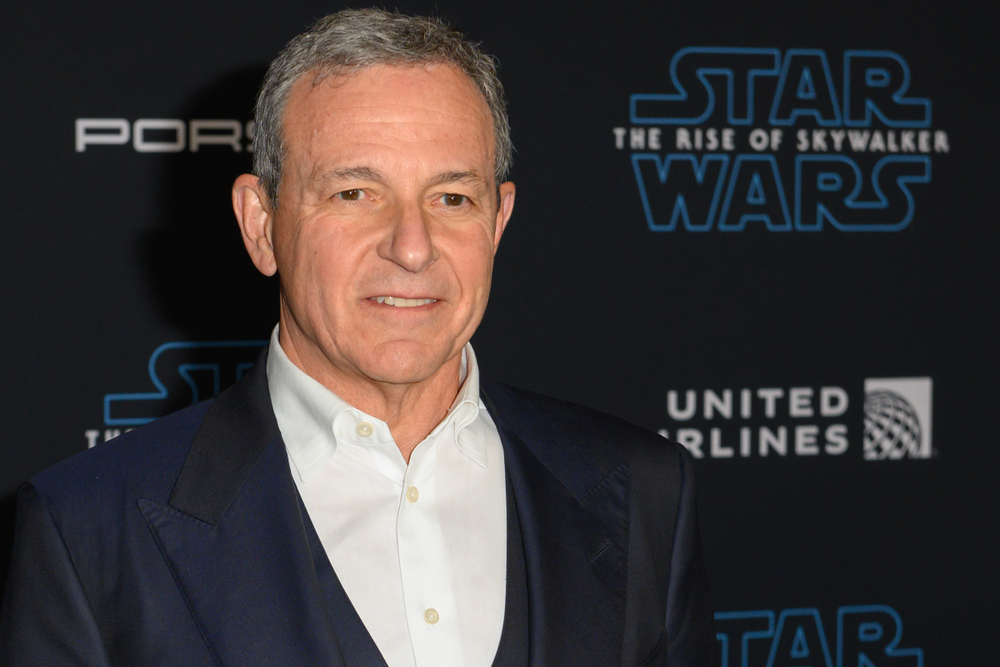
From the humble beginnings on the shop floor to the pinnacle of corporate leadership, the journey of a CEO is often marked by extraordinary dedication and insightful experience. This article explores the inspiring stories of CEOs who began their careers amidst the day-to-day operations of manufacturing, learning the nuts and bolts of the business from the ground up. Read More
23 Incredible Animal Facts That Aren`t Taught in Class
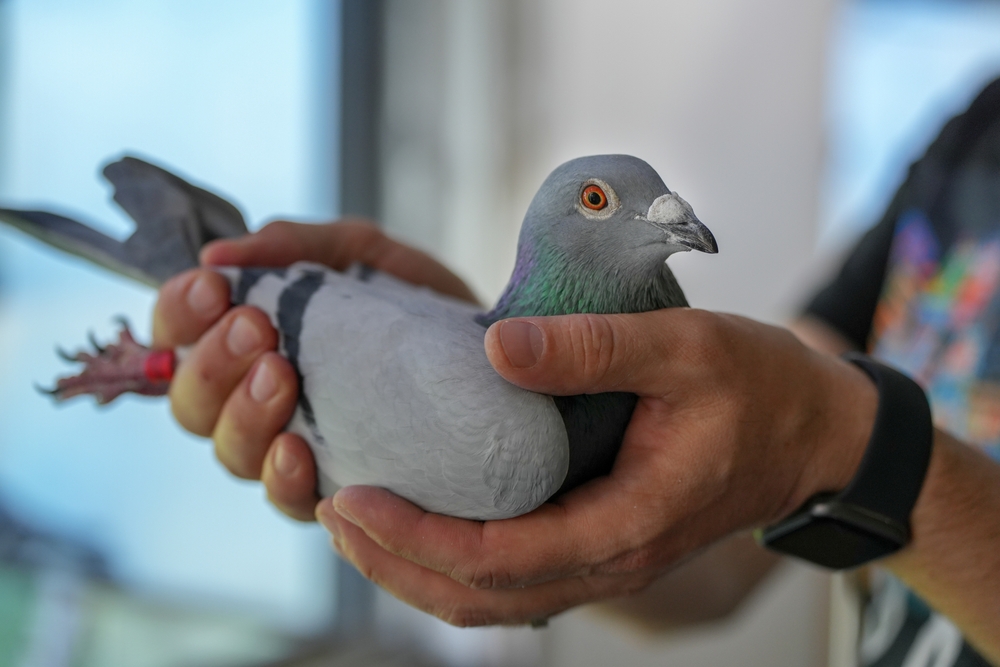
Did you know that some birds can sleep while flying, or that a shrimp’s heart is located in its head? Prepare to be amazed as we delve into the fascinating and often unbelievable world of animals, uncovering incredible facts that were never taught in school. Read More
Leave a Reply